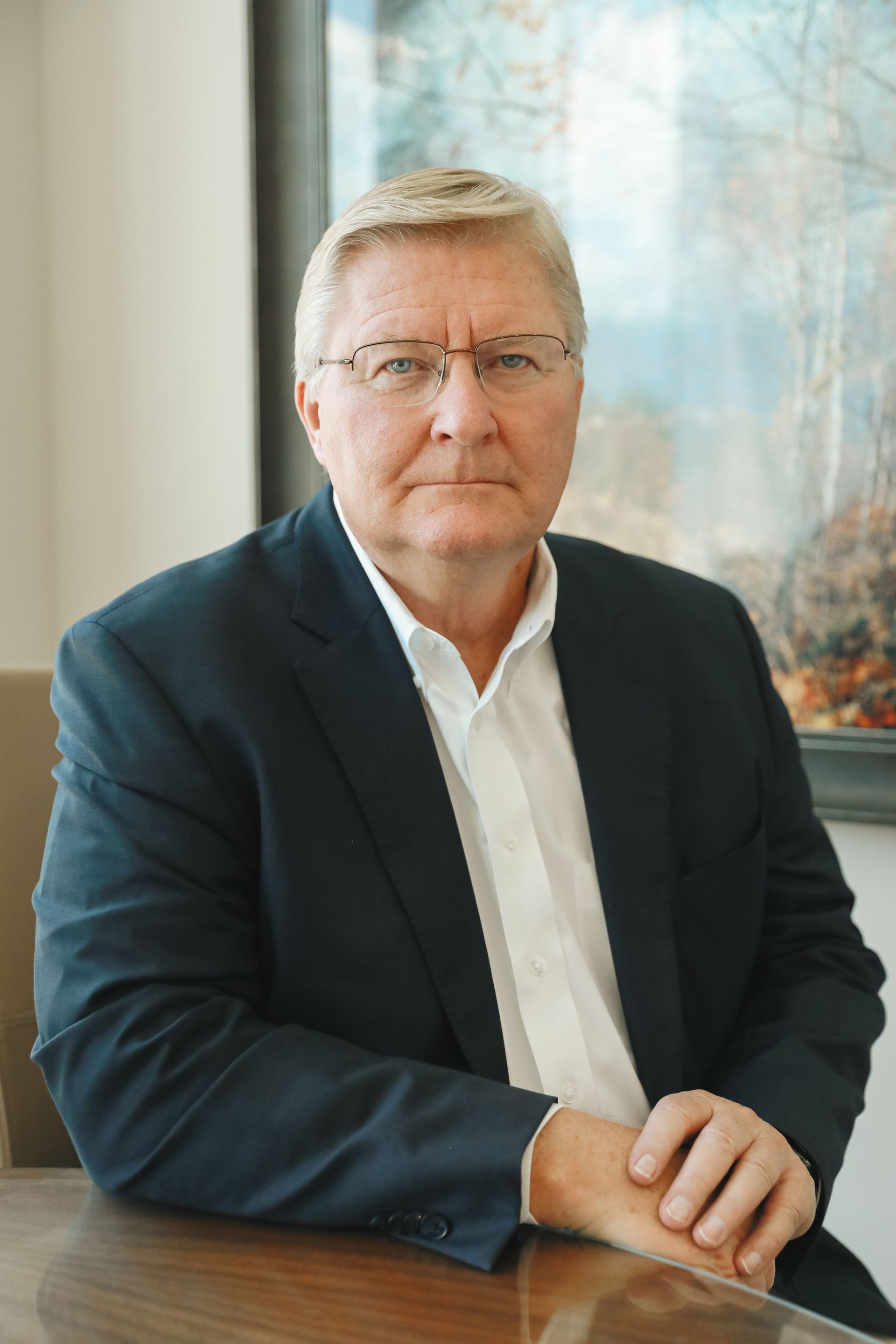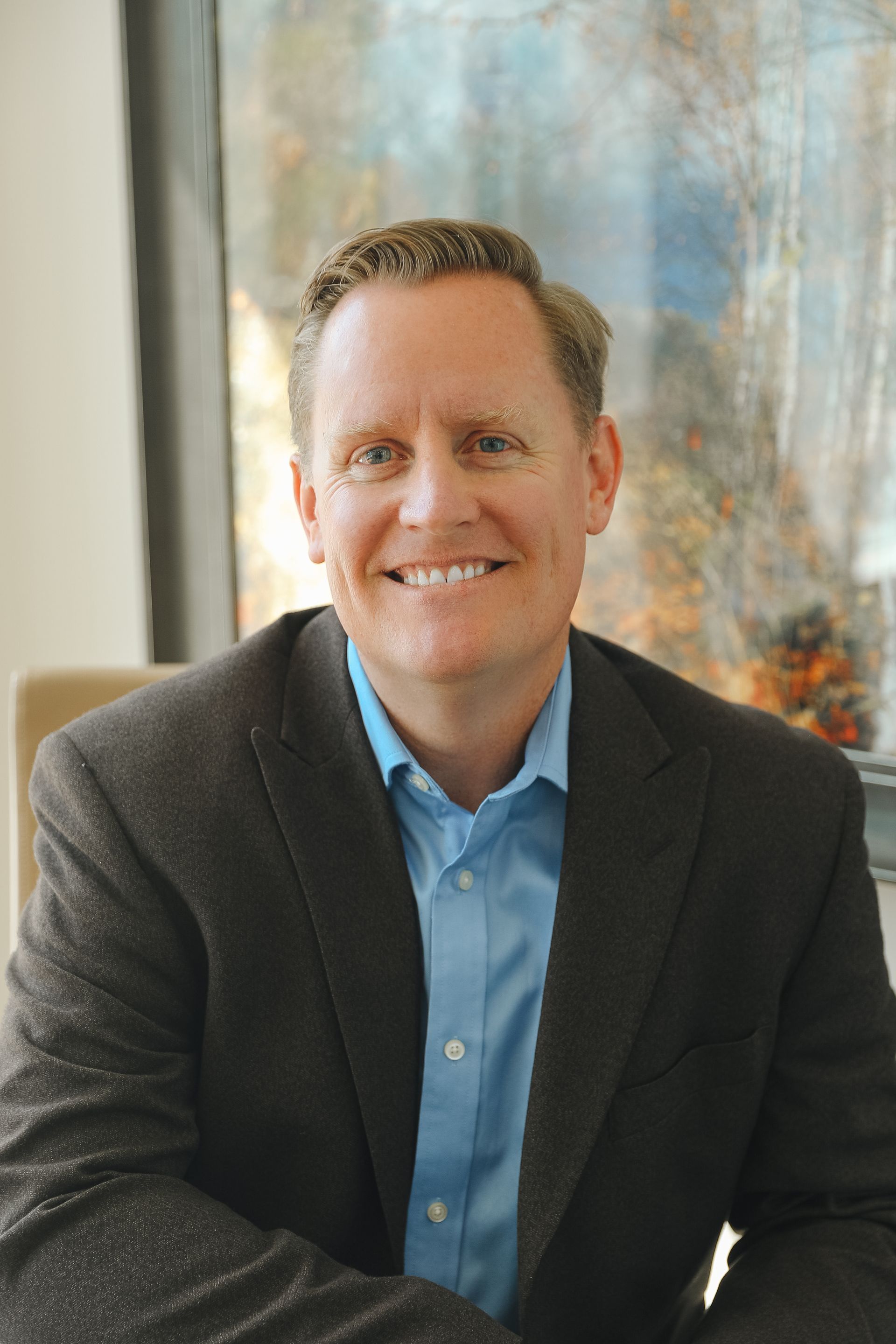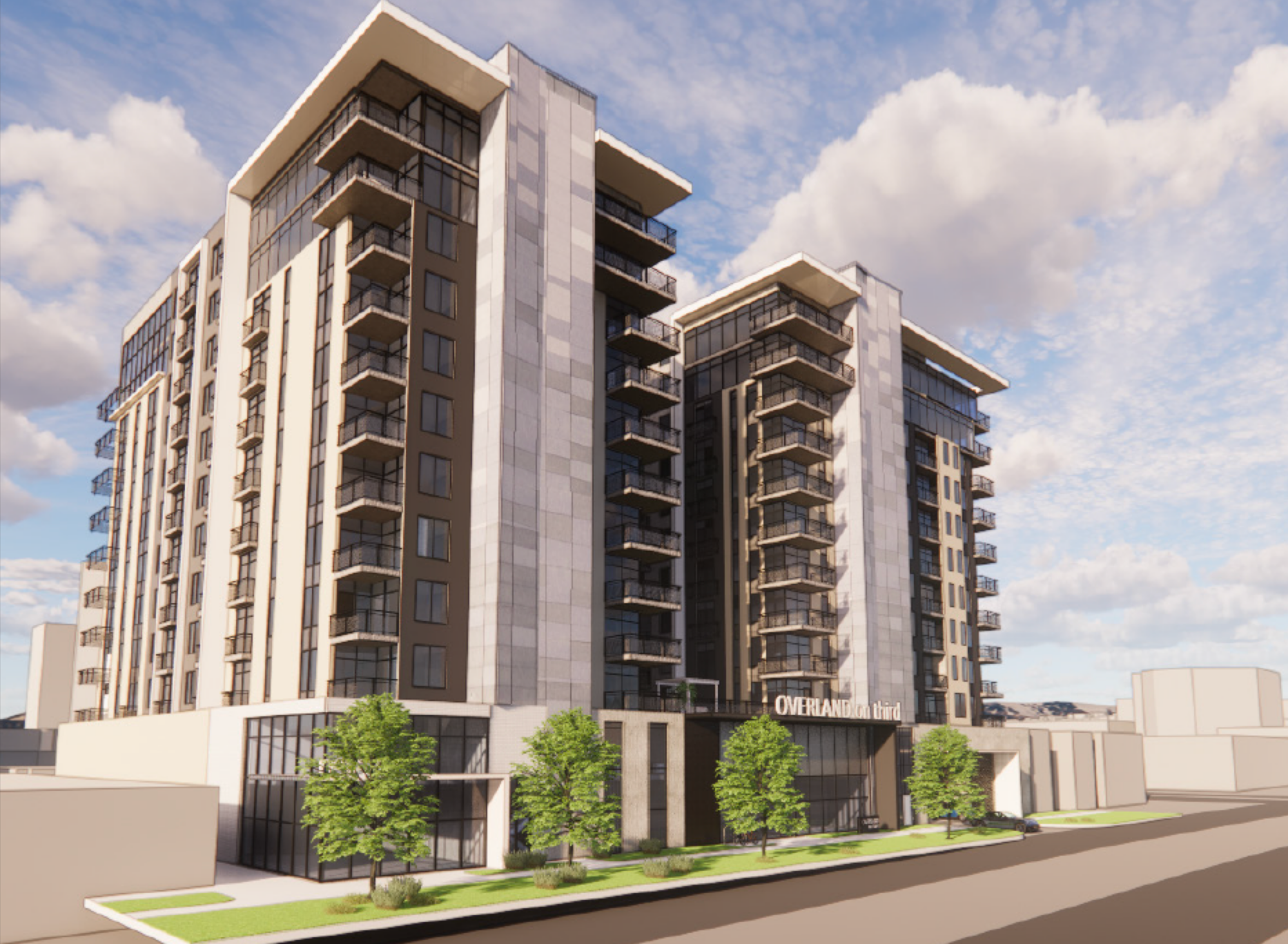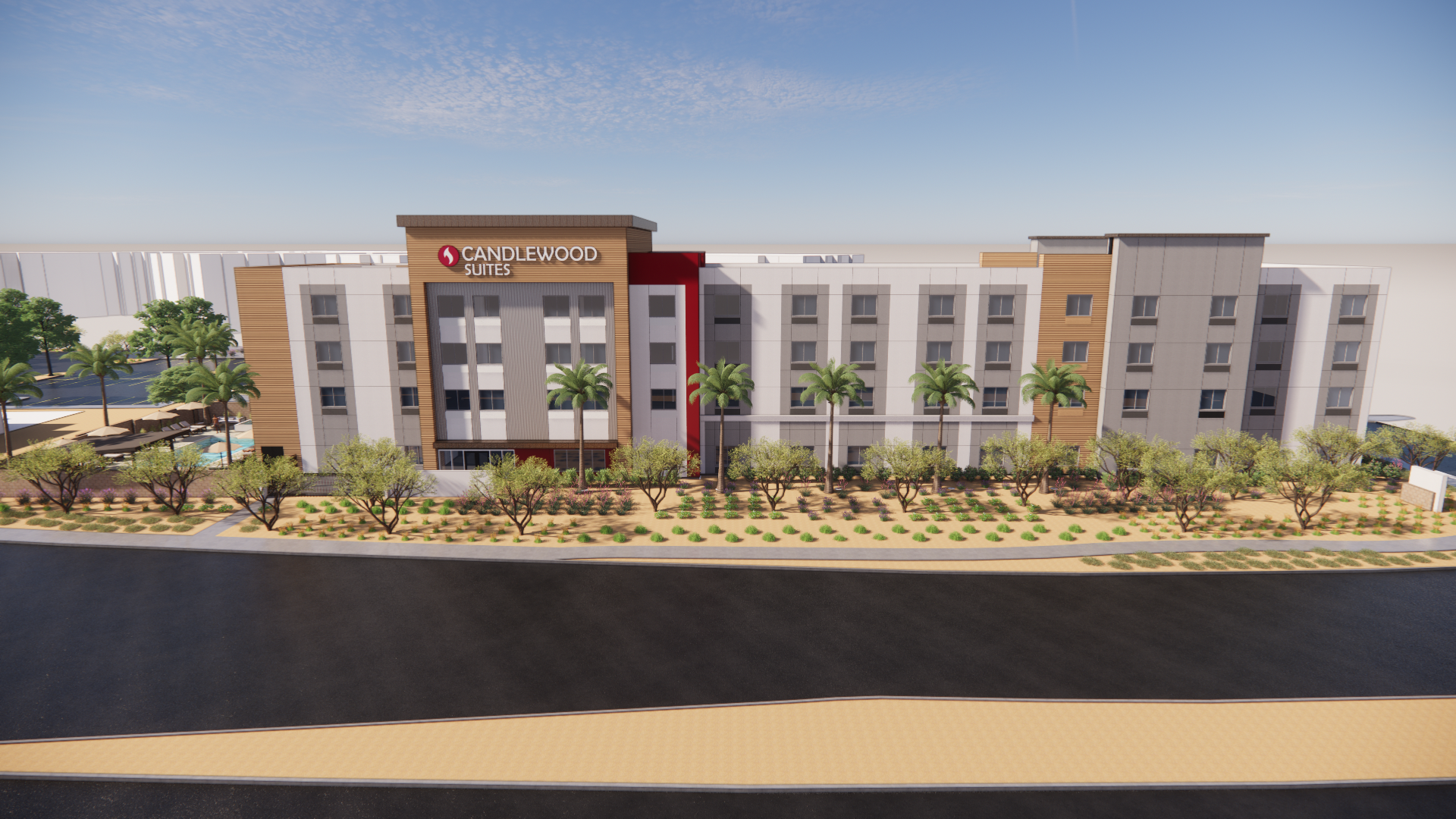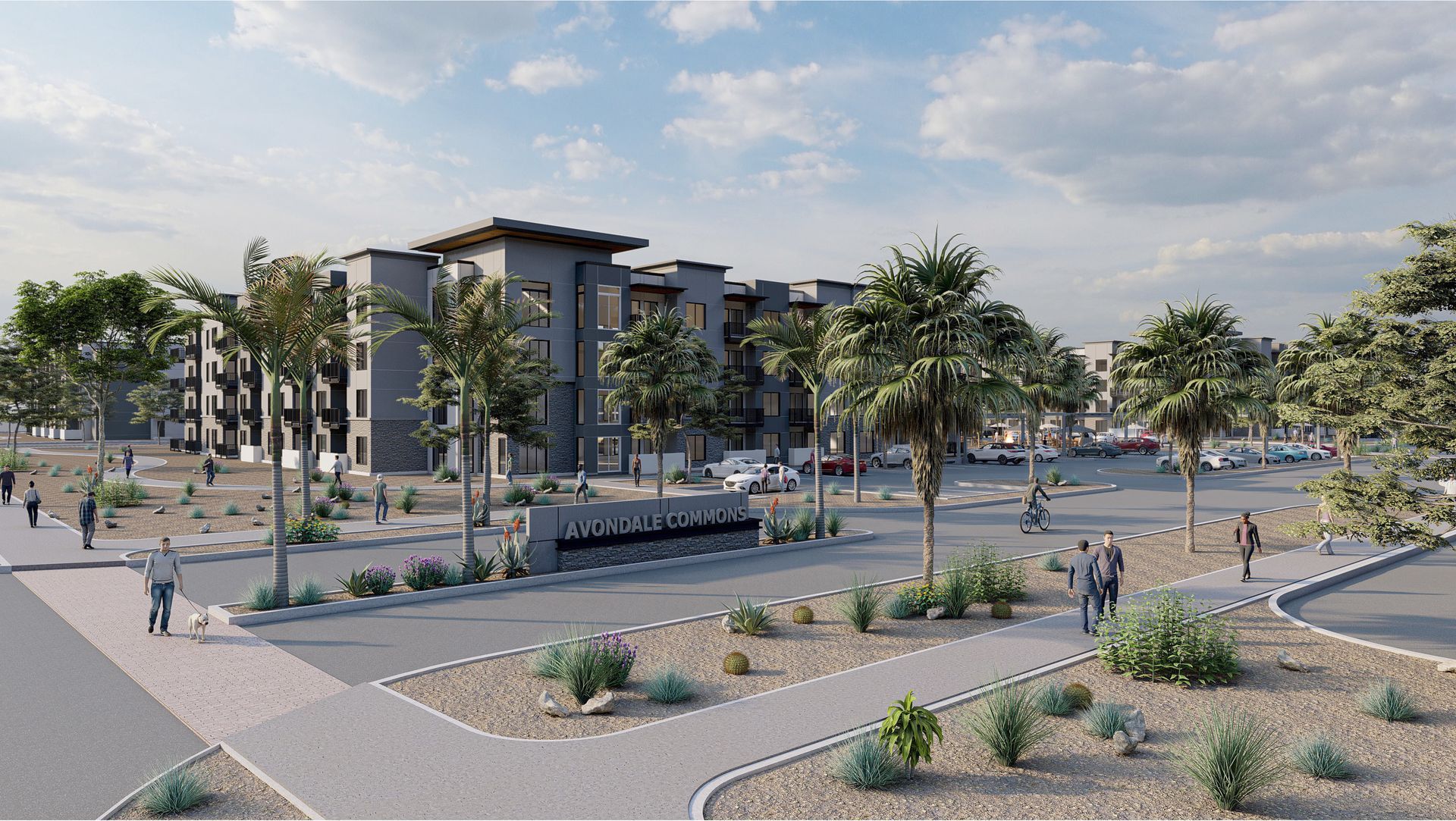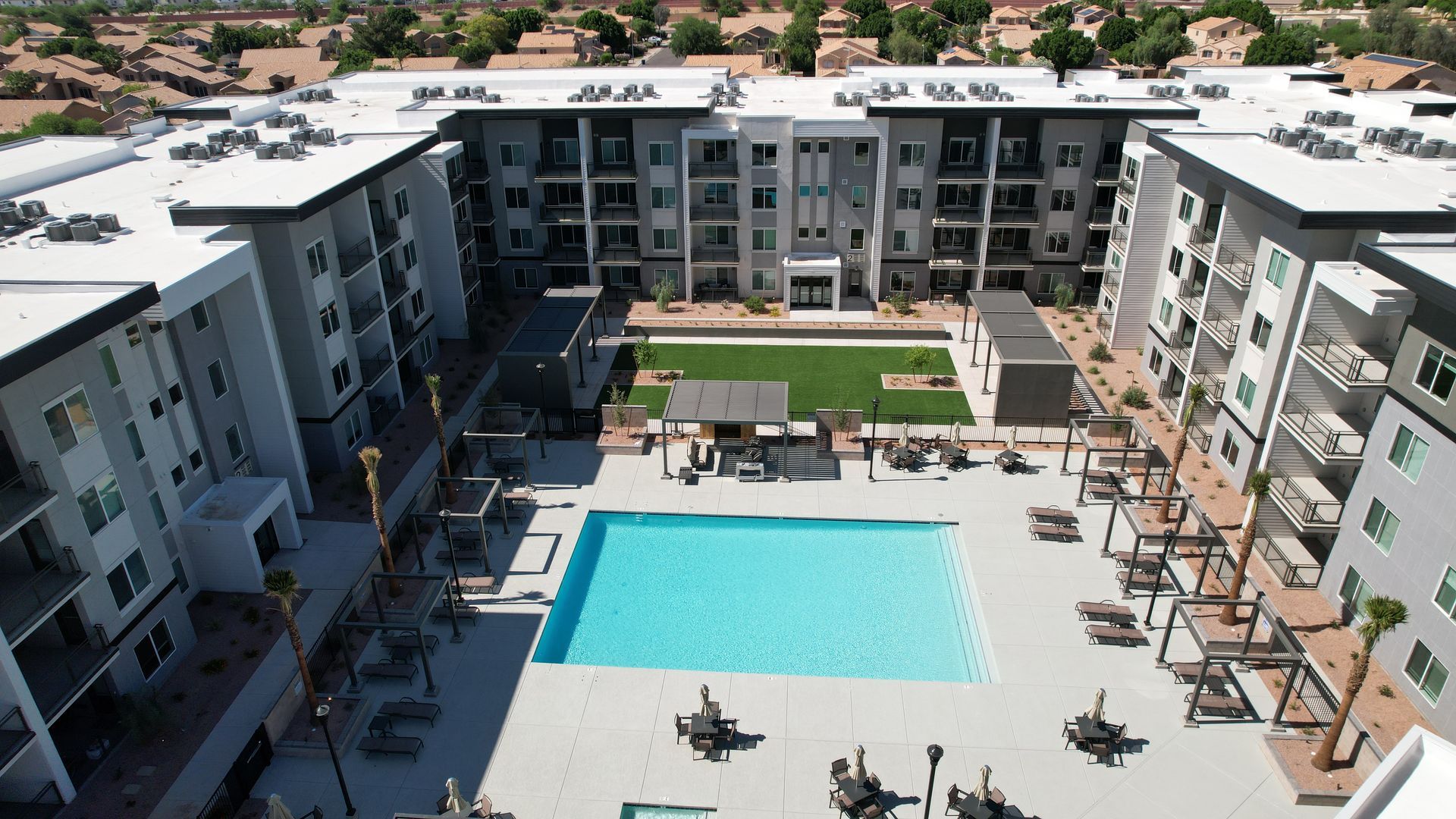Second generation of Holman family leading Overland Group divisions to new heights. By Brad Fullmer
Having grown up in and around construction his entire life, Ken Holman made a shrewd decision in the 80s to pursue a career in commercial real estate development, while at the same time acting as the general contractor on his own projects.
More than 45 years later, Lehi-based Overland Group finds itself excelling in both development and construction. At the same time, Ken has passed the baton to sons Dave Holman and Mike Holman, making way for second-generation leadership. Both credit their ambitious and hard-working father for setting the tone for their careers.
"His tenacity is huge," said Dave, 48, President of Overland Construction, who marks 25 years at the firm this year, having earned a Bachelor of Construction Management from Brigham Young University in '99. "His expertise is invaluable to us. Being in the development space is difficult; his ability to analyze a project unemotionally is a big strength, along with his ability to push through challenges until a project gets done."
"He's been a big mentor for me and Dave since day one," added Mike, 33, President of Overland Development. "It's got to the point where Dave and I run everything, but it's nice to have someone to lean on for critical decisions. Ken's value has been apparent as you go through a slowdown. He's been through four major recessions, so his mentality is that you approach problems differently."
A Keen Sense for Business
Ken, 75, has built his multi-faceted real estate organization into a powerhouse that offers a wide array of services, including brokerage, construction, development, financing, property management, and real estate investing through independently owned companies.
He worked in construction during his formative years—his father, grandfather, and uncle were all contractors—before earning a Bachelor of Accounting from Brigham Young University, then an MBA at the University of Utah David Eccles School of Business. He soon added law school at the University of Idaho to the mix as he was "looking for more legal education on real estate," while starting Uintah Construction in 1985, followed by Overland Development in 1987. He focused on multi-family work, which continues to be a core market for the firm today, and gradually grew the company. Holman's approach to development and construction was unique: he simply planned to act as the general contractor on every project he developed, which gave him ultimate control of the one item that can make or break any job—the schedule.
"I got the idea originally that we wanted to be like the big boys," said Holman upon starting Uintah Construction (which was later named Overland Construction after Holman bought Carpenter-Erickson Construction in 1999). “Then I discovered that [being a GC] is a really difficult business model. I admire anyone in the competitive bid world because there is a lot of risk associated with that, and a lot of dollars flowing through it."
Ken said he wanted his firm "to focus on the construction management side of the business and be the general contractor on our own development properties. So, we've done that for several years and it's allowed us to grow and move into different markets. The best part of that is it gave us the versatility to go into any market."
Ken listed six western states where the firm has developed and built projects, including Utah, Arizona, Colorado, Wyoming, Montana, and South Dakota. Arizona, in particular, has been extremely prosperous, while work in Utah is ramping up, with several key projects in the works.
"The cool thing about the development company is that it has given us the ability to build some cool projects, different project types, which has given us a broader range of experience versus being a niche contractor," said Dave, listing multi-family, hospitality, retail, self-storage, and office among the firm's primary markets. Overland is known as a mixed-use developer."
Overland Group has a bevy of projects in the pipeline including Overland on Third (top left), Candlewood Suites (top right), and Avondale Commons (bottom left). The firm has had great success in Utah as well as Arizona. The Falls at Crismon Commons (bottom right) is a 240 unit apartment complex in Mesa, Arizona.
Ambitions for Steady, Strategic Growth
Overland Group has developed well over $500 million since its inception, with another $400 million worth of projects on the books, including $200 million currently under construction in Arizona and Utah. Ongoing projects include a 324-unit multi-family apartment complex on a 12-acre site in Avondale, Arizona that includes 32 townhomes, two Townplace Suites by Marriott hotels, and a Candlewood Suites by IHG in Mesa, aiming for completion at the end of the year.
"We've been dipping our toe in hospitality and feel like it's a good market," said Dave. "Multi-family was our bread and butter in the early years, and we branched out into big box retail, municipal, [and] office over the years. About five-six years ago we decided to go back to our roots with multi-family, which ties in with the development side."
Several projects that have been designed are on hold, Dave added, due to high interest rates. One such project is Overland on 3rd in downtown Salt Lake, a dynamic mixed-use project that is being designed as a mass timber project with nine stories of mass timber structure over two stories of concrete.
"[Projects] are contingent on financing," said Dave, echoing what every major developer nationwide feels right now. "We're waiting for [interest rates] to come back so it makes sense to bring projects out of the ground."
Mike, who earned a Master of Accounting in 2016, worked for Ernst & Young as a CPA for 13 months before joining Overland in 2017, said that while mass timber is an expensive building material, this project "has the ability to be built significantly faster. It's an exciting project and something I hope becomes a trend in Utah."
"Plus it has faster rent-up [ability]," Ken added. "That's the other side of why you want to build with [mass timber]."
Dave also said Overland Construction has been gearing up to chase more third-party work as a general contractor, with 23 current employees, including three seasoned project managers and a dedicated staff of professionals across the board. In 2023, Overland reported $63 million in revenues; this year, Dave anticipates being at $68 million, with goals of 5-10% annual growth as a realistic target for the immediate future.
The Holman brothers, despite being 15 years apart in age, have great respect for what each other is doing and are optimistic about Overland Group's trajectory. Ken could not be prouder of having his sons running the company.
"We can talk the language of the owner-developer, we understand the financing aspect, and we've built our own projects for many years," said Ken. "It's exciting to see them having success."
Significant Overland Projects Include:
In development/construction
• HIGHLAND ROW TOWNHOMES Holladay, UT | 22 Units
• OVERLAND ON THIRD Salt Lake City, UT | 248 Units
• PEORIA COMMONS APARTMENTS Peoria, AZ | 200 Units
• AVONDALE COMMONS APARTMENTS Avondale, AZ 324 UnitsCompleted
• THE FALLS AT CRISMON COMMONS Mesa, AZ | 240 Units
• COYOTE CREEK APARTMENTS Washington, UT | 116 Units
• PATRIOT SQUARE APARTMENTS Phoenix, AZ | 83 Units
• RIVER OAKS APARTMENTS West Jordan, UT | 180 Units
• THE FALLS AT HUNTERS POINTE Sandy, UT | 276 Units
• BROADWAY TOWER CONVERSION Salt Lake City, UT | 96 Units
• PALLADIO APARTMENTS, Salt Lake City, UT | 234 Units


















